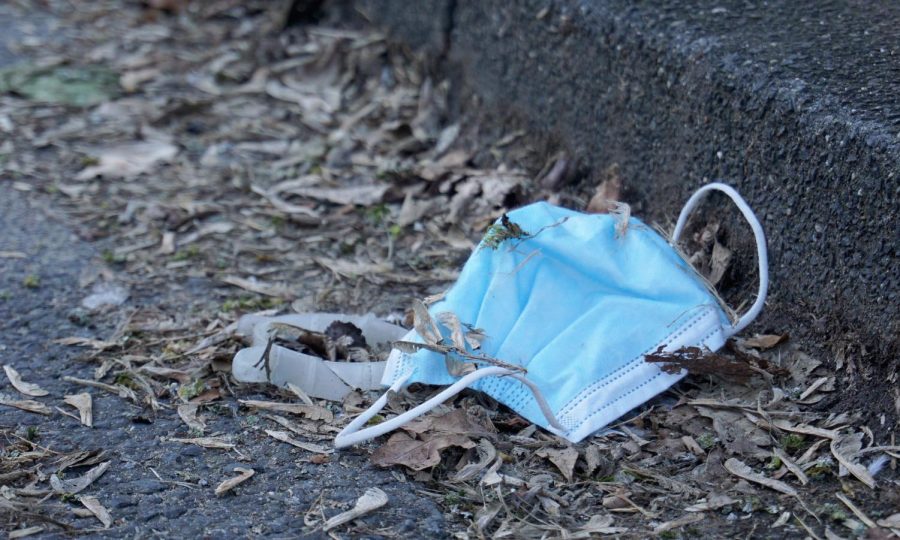WHO report highlights stark increase in medical waste spurred by pandemic
February 18, 2022
The World Health Organization revealed in a new report that tens of thousands of tons of medical waste have accumulated throughout the pandemic, with old COVID-19 test kits and used vaccine vials among the refuse.
The WHO estimated there are 87,000 tons of personal protective equipment distributed from March 2020 to November 2021 worldwide that have ultimately ended up as waste.
Additionally, the distribution of eight billion coronavirus vaccine doses around the world has resulted in 143 tons of trash to be left out in the open.
But it is crucial to acknowledge that medical centers were already experiencing difficulties with the excess amount of medical waste produced each year. Overall, 30% of health care facilities worldwide have reported that it had become increasingly onerous to keep up with the amount of trash piling up before the pandemic.
There is a growing concern that the significant amount of medical waste induced by the pandemic has had a calamitous effect on the environment.
When this waste is burned, air contamination and water impurities are inevitable, resulting in various health complications. Remaining personal protective equipments leak out toxins that infiltrate the ground, which can result in direct human exposure to these chemicals. This is a major risk factor for inhabitants and their surroundings.
“The report calls for reform and investment including through the reduction in the use of packaging that has caused a rush for plastic and the use of protective gear made from reusable and recyclable materials,” Manojna Maddipatla and Emma Farge of Reuters wrote.
Although COVID-19 has had a detrimental effect on the environment, it has also become a turning point that can lead us out of the mess it has exacerbated. Many countries are now making an effort to work on attenuating climate change and improving health care waste management systems.
“COVID-19 has forced the world to reckon with the gaps and neglected aspects of the waste stream and how we produce, use and discard of our health care resources, from cradle to grave,” said Dr. Maria Neira, director of the Department of Public Health and Environment at WHO.
Reevaluating the issue of medical waste is crucial and part of a larger trend of countries noticing the issues that have always been present and are now exacerbated by the coronavirus outbreak.
“Significant change at all levels, from the global to the hospital floor, in how we manage the health care waste stream is a basic requirement of climate-smart health care systems, which many countries committed to at the recent UN Climate Change Conference, and, of course, a healthy recovery from COVID-19 and preparedness for other health emergencies in the future,” Dr. Neira said.







